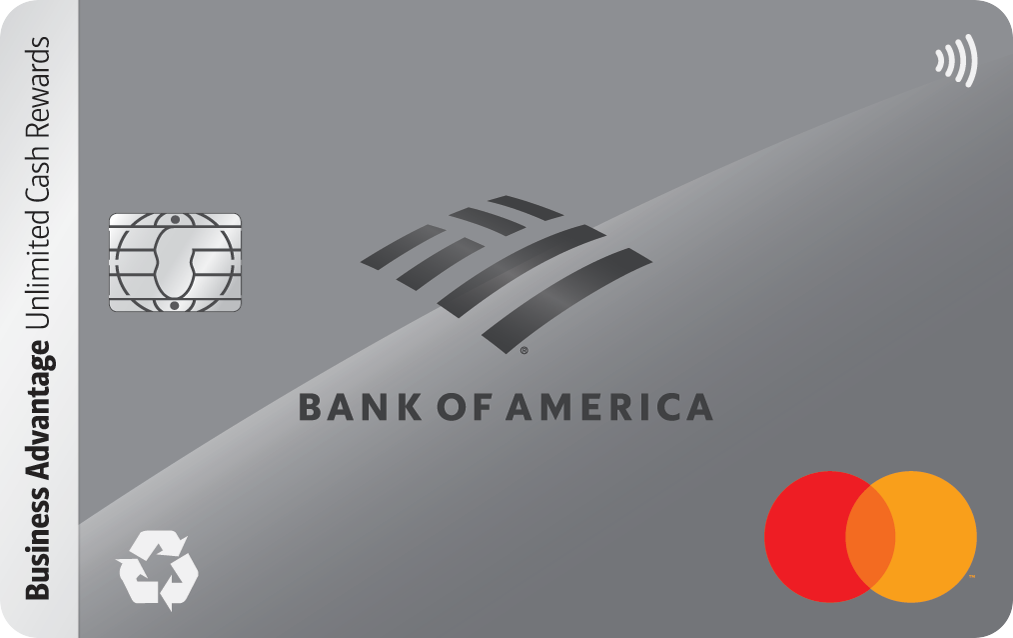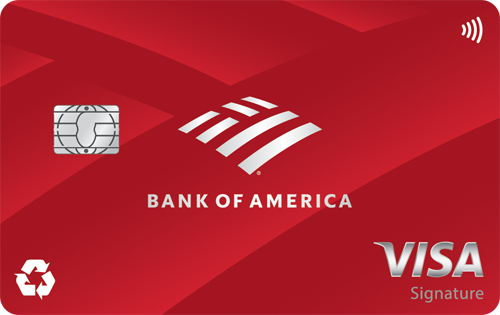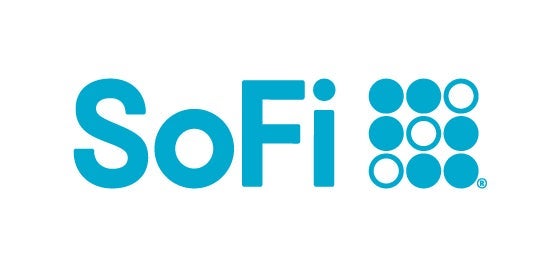I Have Over 3X My Salary in Retirement Savings at Age 38. Here's How I Got There

Image source: Getty Images
How much should you have in retirement savings by age 40? Ask 10 financial planners, and you'll get 10 different answers. But most will say you should have somewhere between 1.5 and 3 times your salary saved up.
With my 38th birthday right around the corner, my retirement savings are worth just over 3 times my salary. And I'm happy with my progress, but the truth is that it took very little work to get here.
Here's how I reached this milestone early -- and how you can ramp up your own retirement savings, too.
1. I started early
Time is not money -- it's better than money. The amount of time your money has to grow matters more than how much money you save.
Let's say you invest $5,000 a year and earn 7% annually. Here's how much you'd have saved by age 65 depending on when you start:
| Starting Age | Total Invested | Profits | Balance at Age 65 |
|---|---|---|---|
| 25 | $200,000 | $895,000 | $1.1 million |
| 35 | $150,000 | $359,000 | $509,000 |
| 45 | $100,000 | $117,000 | $217,000 |
People who start later can catch up by investing more. But time is more powerful than money; for every year you wait, the amount you need to invest rises fast.
If you're starting later, don't get discouraged; just buckle down. The 45-year-old in our example still more than doubled their money, and a couple hundred thousand dollars will go a long way in retirement.
As for me, I started contributing 10% of my salary to my Roth 401(k) at age 24. It's probably the best decision I've ever made.
2. I invest aggressively
About 90% of my 401(k) is invested in stock market funds (mostly U.S., with a little international). The rest is in a real estate fund. For now, I don't invest anything in conservative assets like bonds.
Over the past 13 years, my 401(k) has earned about 13% per year. That's the kind of return that makes retirement dreams come true.
I'm still 20 to 30 years away from retirement, so I have time to bounce back from stock market downturns. Once I'm about 10 years away from retirement, I'll start moving money into savings and bonds until they take up about half my portfolio.
Remember: What you invest in makes a huge difference. Too many people funnel money into their 401(k)s without knowing where it's going. Have a look at your investment options and pick funds that can provide the growth you need.
3. I've been lucky
All I had to do was start early and invest in a stock-heavy portfolio. I haven't done any more "work" except for tweaking my 401(k) investments now and then.
I had a lot of other factors working in my favor:
- I had zero debt at the start of my career
- I landed a job at a company with an excellent 401(k) plan
- I was taught about the power of investing in stocks (thanks, Motley Fool!)
- I've stayed in good health and steady employment
All that is to say: Don't feel down or discouraged if you haven't saved as much as experts say you "need."
Not everyone is as lucky as I've been, and times are hard for a lot of Americans. All you can do is your best.
What to do if you're behind
Here's the good news:
- Saving for retirement can be incredibly simple
- Every dollar you invest now could be worth many times more years from now
If you have a 401(k), then make sure you 1) get the full employer match, 2) save as much as you can now, and 3) understand where your money is going.
Otherwise, consider opening an IRA. These accounts are available to anyone who earns income, and like 401(k)s, they offer enormous tax benefits for retirement savers.
IRAs don't have investment menus, though. Where you invest your money is entirely up to you. If you're unsure where to start, then you might put some money into an S&P 500 ETF every month. These low-fee funds invest your money in 500 of the biggest companies in the U.S., so you can get your portfolio started with one purchase.
I opened an IRA through SoFi® to invest some spare cash, and it was quick and easy. And SoFi® charges no commission on stock or ETF trades.
If you're ready to start investing for your future, then click here to read our full SoFi Active Investing review and open an account today.
This brokerage is a clear standout for its well-rated mobile app and also has unique investment offerings like IPOs, options, and fractional shares.
$0 for stocks, $0 for options contracts
$0
LIMITED-TIME OFFER
Get up to $3,000 in stock when you fund a new account. Offer ends 1/2/26.
On SoFi Active Investing's Secure Website.
Our Research Expert




